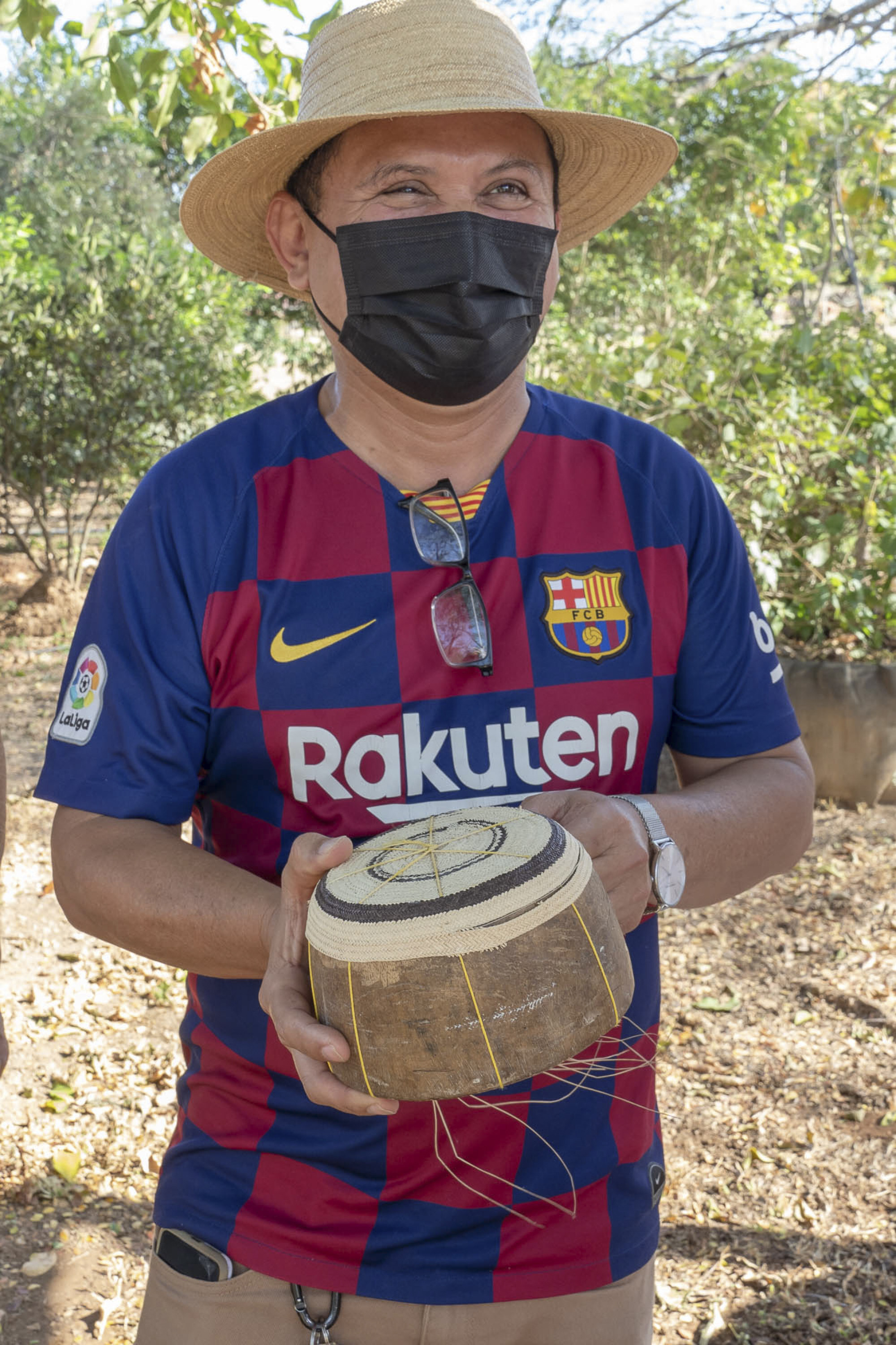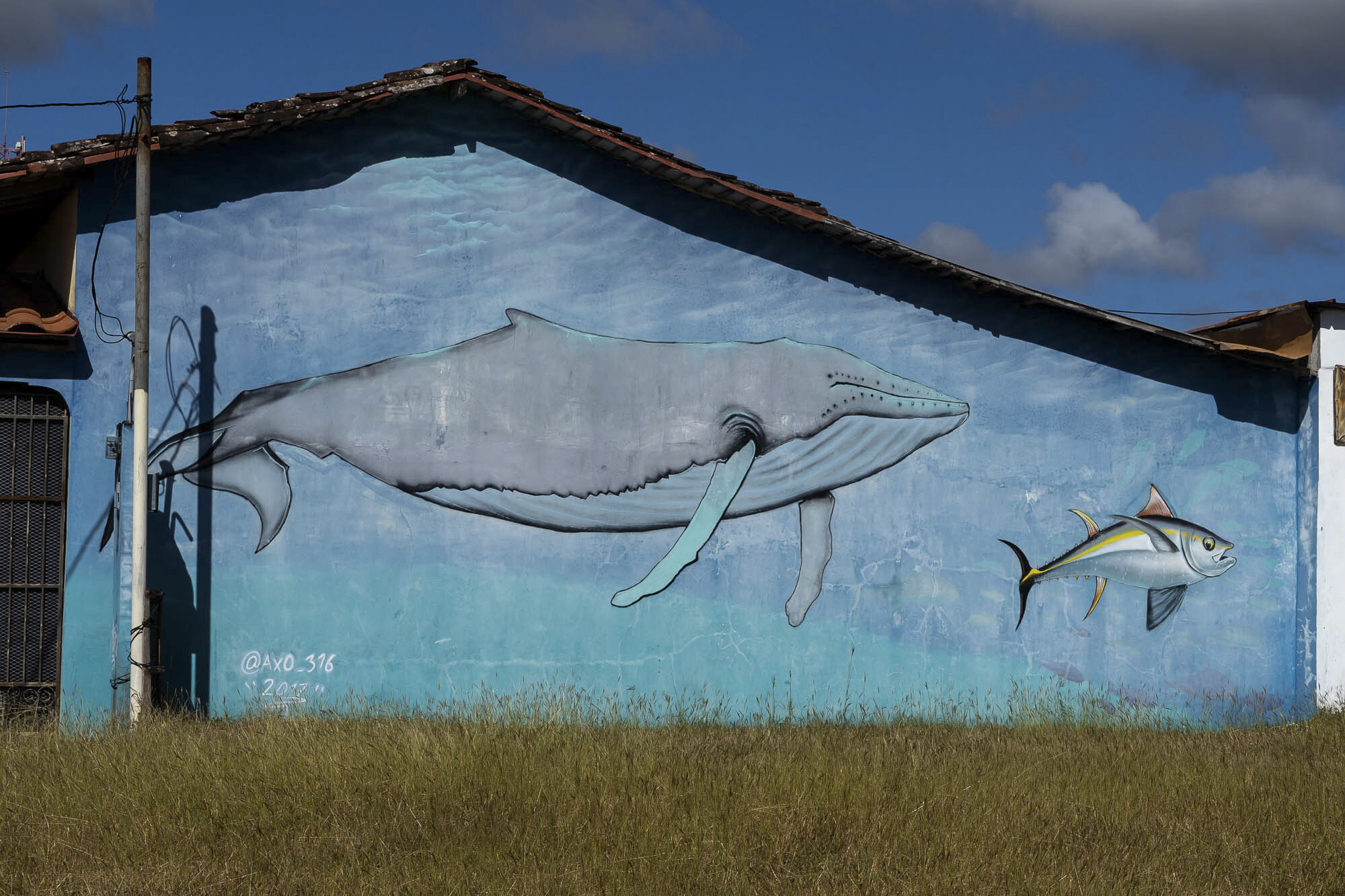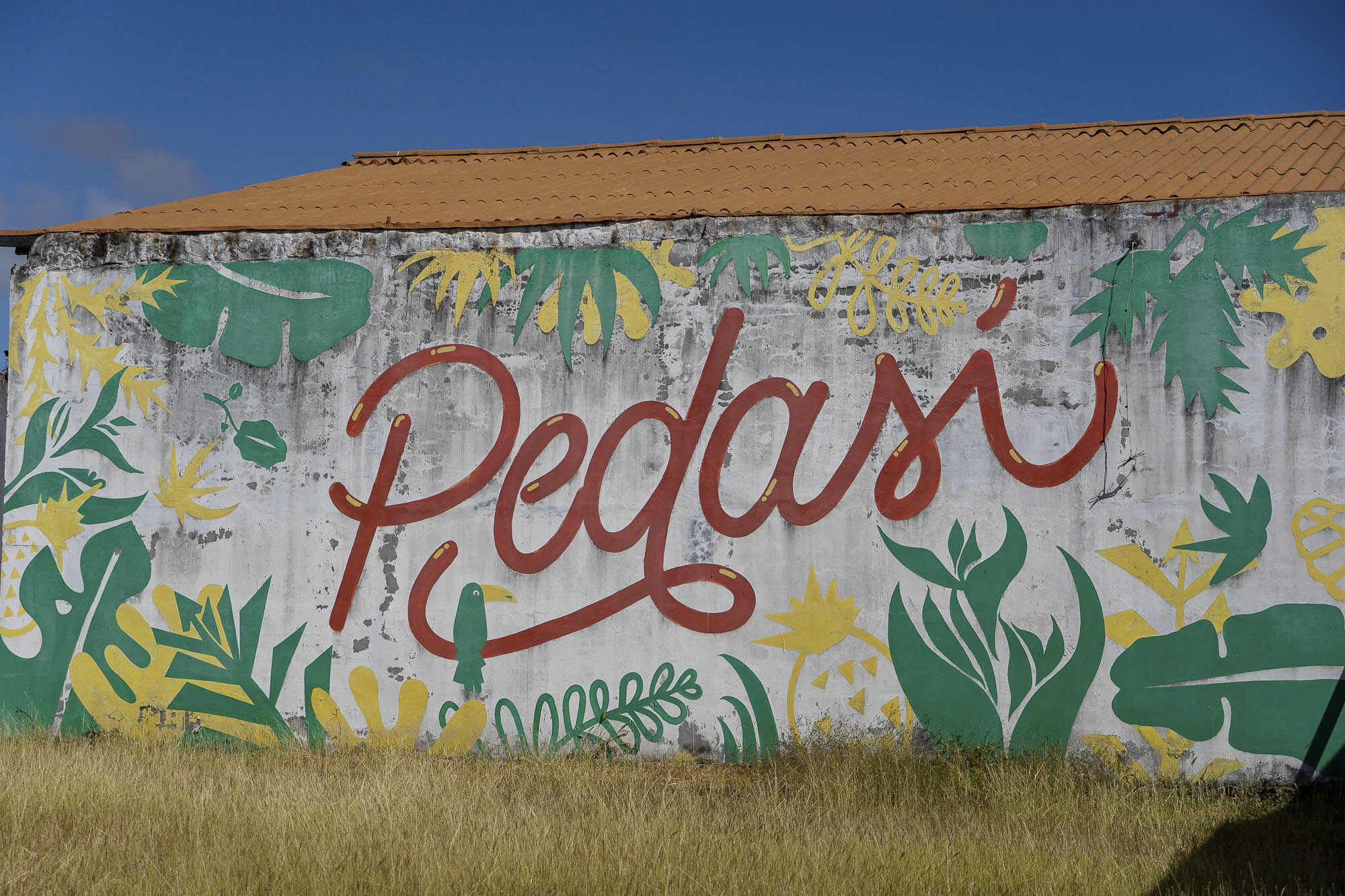
Tourism as a preserver of traditions – in Panama it engages youth in the country’s culture while creating for visitors memories that last a lifetime
- Villagers and visitors in Pedasí, Panama, build mud-brick houses together, keeping alive a rural matrimonial tradition and passing it on to the country’s youth
- ‘We’re building tourism with values to pass the generational baton,’ the tourism minister says, with a goal of making Panama a leader in sustainable tourism
It’s the afternoon of a blazing hot day in the town of Pedasí, on Panama’s Pacific coast, 325km (200 miles) south of the capital, Panama City. The air throbs as a live band belts out rhythmic, drum-filled folk music.
Buoyed by the festive atmosphere, villagers and visitors alike stand shoulder to shoulder as they embark on a muddy march forwards across a 10-metre (33 feet) plot of foot-churned earth, shimmying, bouncing and slipping as they go.
As they reach the edge of the quagmire, other villagers – aged anywhere between 40 and 90; coated in a glossy shell of mud, it’s impossible to tell – plod steadily through the soil, layering the earth with hay.
The process repeats as the tide of mud stampers makes the return journey and, lying behind the commotion, the wooden frame of a tiny, one-storey house awaits the moment the mud is sufficiently coarse for it to be applied in thick, slimy slabs.

With their departure, cultural traditions so often passed from generation to generation are destined to die. But Panama’s minister for tourism, the charismatic millennial Iván Esklidsen, believes he can change this.
The sleepy village testing China’s social credit system
The muddy act of house building that I join is known locally as a junta de embarre.
“It’s a tradition that reflects the values of community, climate and connection,” Esklidsen explains, when he joins the final stages of construction. In the past, when a couple married, the community would gather to churn the mud and build a house for the newlyweds.
Today’s activity is a modern recreation of this custom, staged as an opportunity for cultural interaction for tourists like me, but, more importantly, for the passing of ancestral knowledge from its current custodians, the elders, down to the youth.

Kids as young as five and coated in a thick crust of mud carry sloppy armfuls of earth to their grandparents, who work expertly to turn it into what soon become eight-foot-high walls.
Once the terracotta roof tiles have been added, the construction will face an unceremonious end: it will be knocked down again and the land prepared for another rowdy junta de embarre, in a few months’ time.

“Young people in these regions have emigrated. Tourism is empowering these communities to strengthen their traditions – traditions which are so important to us as human beings,” he says.
Recognising the very real possibility that this custom could be lost, residents of Pedasí began petitioning the Ministry of Culture in 2019 to apply for the junta de embarre to be inscribed onto Unesco’s List of Intangible Cultural Heritage in Need of Urgent Safeguarding.
Reviving dying cultural traditions is just one part of Panama’s US$301 million sustainable tourism master plan, announced in 2020 and which has won plaudits across the global tourism industry.

“We’re building tourism with values to pass the generational baton,” Esklidsen says, as he explains how Panama could become a world leader in sustainable tourism.
The result? “Experiences that transform, that leave an impact, that mark visitors and will be with them for the rest of their lives,” says Esklidsen.
After decades spent working directly with indigenous and rural communities across Panama, Annie Young, president of the Fundación Panameña de Turismo Sostenible (Panamanian Foundation for Sustainable Tourism; APTSO), is delighted that the government is finally recognising the value of this type of tourism.

APTSO is two years into a pilot programme part funded by the Panama government that is supporting the development of tourism in 11 communities, many of which are of indigenous or Afro-Panamanian descent.
“Our objective is to build communities that are strong and resilient through the development of their own enterprises,” she says, with APTSO using the funding to build infrastructure, lead product development and deliver workshops that hone finance and guiding skills.

Tours will include local gastronomy (“They have the best cacao in Panama,” Young promises), learning about the Naso’s cosmovision, which centres on the natural world and their ancestral knowledge of the jungle and its medicinal plants, as well as rafting down the Teribe River on wooden Naso rafts.
Tourism is seen as a viable means of community development and resilience building, but Young and her team recognise that it isn’t a silver bullet and nor is it a desirable income stream for all.
The new 400km Asian trail that will be one of world’s most sustainable
“There are communities that do not want tourism,” she stresses. “The original proposal was involving another community but they didn’t want the project. We decided, ‘You know what? We’re not going to pressure them.’”
Young’s focus is on a long-term transformation of the tourism industry so that communities are the masters of their own futures and can directly benefit from its profits. Her goal is to grow community tourism in Panama 10 per cent by 2023, an aim that’s “not just for the now. We are building a legacy”.
Speaking to the young leaders of some of the 11 communities within the pilot, it is clear how activities such as the junta de embarre are helping them and their peers find pride in their heritage, as tourism shows how cultural preservation can have both an economic and social value.

Janeth Peña, a youth leader from Visita La Pintada, the tourism board for La Pintada, a district two hours west of Panama City, is acutely aware of the work that needs to be done. Her region is famous across Panama as the home of the pinta’o, the country’s ubiquitous wide-brimmed black-and-white hat.
The techniques used by the artisans are passed down between generations and the continuation of this tradition is threatened by young people feeling disconnected from their heritage.

“We need young people to be interested in their identity, in their own culture,” Peña says. “Young people need to know that if we don’t work on learning how to make the hat, then 10 years or 20 years down the line, we’re not going to have it.”
For her, the cultural traditions that the pinta’o signify are a fundamental part of what it means to not just be Panamanian, but ultimately, human, too.
“We have to take care of what is ours,” she says, energised. “Because if there is no identity of a people or identity of a person, then we are practically nothing.”
Steph Dyson’s visit to Pedasí was hosted by the Adventure Travel Trade Association.

